As a landlord, you need to be prepared.
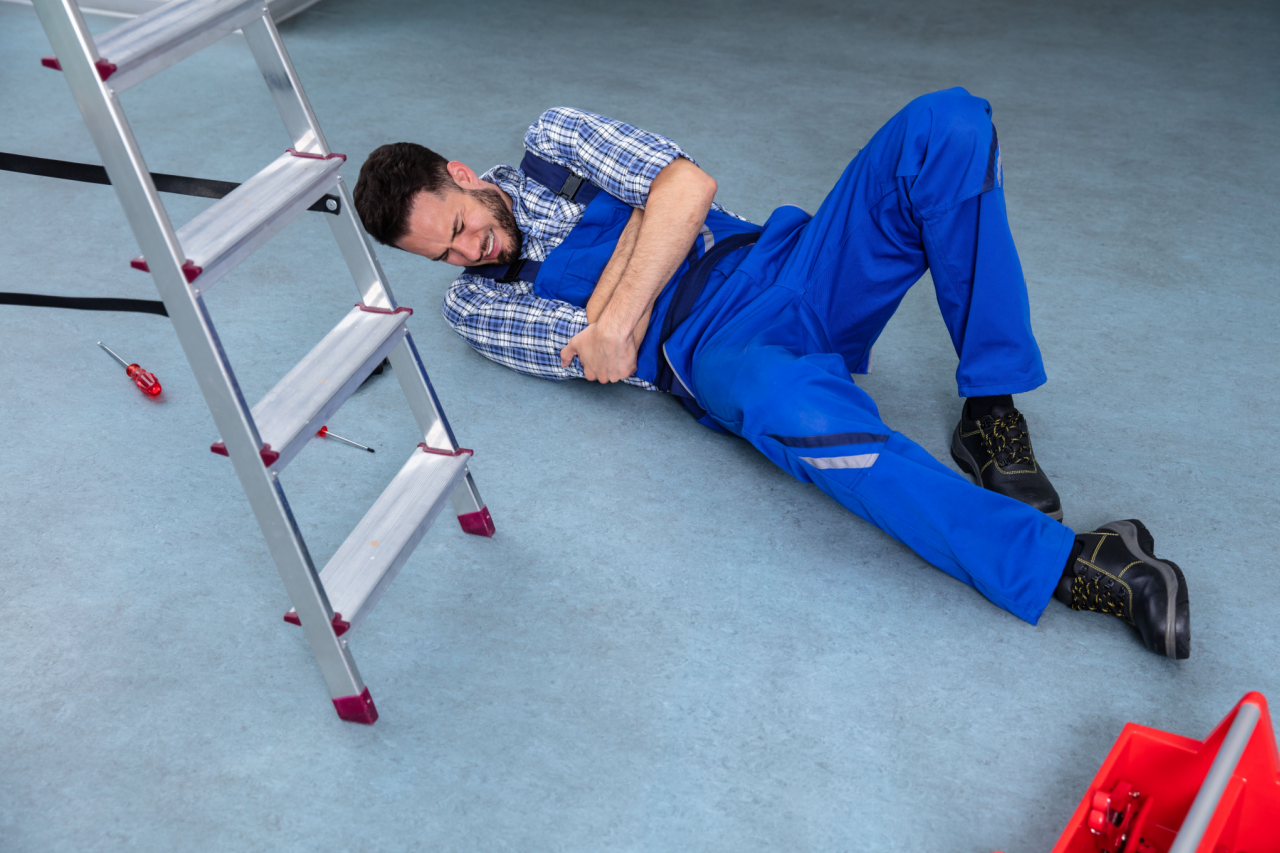
What Happens If Someone Gets Hurt on Your Rental Property?
What happens if someone gets hurt on your rental property? As a landlord, you need to be prepared. Whether it’s a slip, a fall, or another accident, knowing your legal responsibilities and recourses can help you avoid costly issues. Let’s get into how you can deal with this ordeal.
Main Takeaways
- If someone gets hurt on your property because of something you did or failed to do, you could be legally and financially liable. So, you need to investigate what happened and who’s ultimately responsible for it. If you have reason to believe the problem is not your fault, you should have evidence to demonstrate that.
- In the meantime, your tenant’s renter’s insurance can help cover the costs.
What Happens if Someone Gets Hurt on Your Rental Property?
As the most reliable property management company in Washington, DC, we know that someone gets hurt on your rental property because of something you did or failed to do, you could be sued and/or left owing damages. So, you need to get on the problem ASAP. Here’s how to do it:
1. Determine who’s liable
If someone gets injured because you ignored a dangerous problem—like a broken staircase or exposed wiring—you could be held liable for the problem. That said, if the tenant or a guest did something to cause the accident, then that could be a whole different story. Instead, they might be the ones at fault. In this case, you should document all the evidence as to why the incident was not your fault.
2. Get ready for insurance claims
If anyone gets hurt because of something you did or didn’t do with the property, they might file an insurance claim against you. So, you have to get prepared for that.
On the other hand, if the problem is on the tenant, renter’s insurance can help cover their costs. Either way, having the right coverage protects both sides from huge expenses. That’s why, as a landlord, it’s a best practice to encourage your tenants to have insurance. It can help prevent massive out-of-pocket expenses for both parties.
3. Prepare for possible legal action
If the injury is serious, the person may take legal action, especially if they believe the landlord was at fault. At the risk of repeating ourselves too much, this is why keeping records of maintenance requests, repairs, and safety checks is so important. Having a paper trail can protect you.
Need Legal Help?
Chat with a real estate lawyer near you. It’s only $5 for a 1-week trial. Ask unlimited questions.
Landlord’s Legal Responsibilities
Needless to say, you can face horrific consequences if a tenant or visitor gets injured on your rental property. Here’s what you’re legally obligated to do to prevent this from happening:
Regular maintenance and inspections – As we’ve hopefully hammered home, regular maintenance and routine, thorough inspections are the name of the game. Being proactive is absolutely, unequivocally key to protecting people and your property. By pinpointing hazards like loose flooring, faulty wiring, or structural weaknesses before they lead to accidents, you can help keep everyone safe.
Responding promptly to repair requests – When tenants submit repair requests, like to fix a broken handrail or leaky pipe, it’s essential to address them quickly. If you ignore or delay them and an injury occurs, the courts could find you to be grossly negligent–or worse. By responding promptly, it shows that you’re attentive to the needs of your tenants and that you take safety seriously.
Following habitability laws—To ensure your property meets legal and safety standards, always stay up to date with federal and local regulations regarding electrical, plumbing, and structural systems. This includes regular inspections of the electrical panel, ensuring plumbing fixtures are up to code, and verifying that all structural elements are sound. The laws are always evolving, so always do your research.
Having clear warning signs – When there are areas of your property under repair, or certain sections of it that are unsafe, it’s essential to display clear warning signs. Whether it’s a “wet floor” sign after mopping or a “caution, under repair” sign near a damaged staircase, these simple measures can stop disasters in their tracks.
Tenant’s Responsibilities
Landlords have to keep the place safe, but tenants need to look out for themselves, too. Here’s what they should do:
- Use the property responsibly – Tenants must avoid actions that could create hazards, like tampering with electrical wiring or blocking emergency exits. Picking and prodding around is just asking for trouble.
- Report maintenance issues – Tenants should inform the landlord of any dangerous conditions immediately so they can be addressed before accidents happen. If they wait, the damage could worsen because of it, and they could be liable for paying for repairs.
- Follow lease agreements – Some lease agreements outline tenant responsibilities for minor upkeep, such as replacing batteries in smoke detectors or keeping common areas clear of clutter. These little fixes go a long way in keeping everyone safe, so tenants must stick to the letter of their lease.
What You Can Do to Protect Against Liability
Now that you know what happens if someone gets hurt on your rental property, let’s discuss how to protect yourself from liability in the first place.
Having a Solid Lease Agreement
A solid lease agreement helps make everything clear, spelling out who’s in charge of what. This can save you from a lot of headaches down the line. For example, if the lease specifies things the tenant is responsible for maintaining (like replacing smoke detector batteries), it sets clear expectations. That said, large-scale maintenance, like fixing the roof, typically is legally the landlord’s responsibility. So, keep that in mind.
Requiring Rental Insurance
When you require renters to have insurance, it gives them a small expense each month, but it saves them (and you!) so much more. If something happens to their belongings or they do something to get themselves hurt, their insurance will likely handle the costs. In turn, this reduces the chances of them coming after you for money.
Handling Maintenance and Repairs Promptly
If you take your sweet time on repairs and maintenance, you could be seen as negligent. So, always prioritize getting these tasks done as soon as possible. This way, you’ll keep tenants satisfied, and you’ll help prevent any problems from brewing.
The Most Common Ways People Get Harmed on Rental Properties
People don’t get injured on rental properties often, but it can happen. And when it does, the consequences can be grave. That’s why it’s critical to understand what happens if someone gets hurt on your rental property. Let’s begin by going over the most common ways injuries can happen:
Poorly Maintained Gas and Electrical Systems
This is one of the most dangerous hazards in a rental property, period. Old wiring, broken outlets, or ignored gas leaks are all huge safety risks. A tenant could get shocked by exposed wires. Even worse, a gas leak could stir up carbon monoxide poisoning or even a fire. As a responsible property owner, consider conducting regular inspections and prompt repairs to prevent these hazards.
Inadequately Maintained Plumbing
If you neglect the plumbing, it can lead to serious injuries and costly damages. For example, if you leave leaking or burst pipes, the floors can become very slippery. It’s only a matter of time before your tenants slip and fall. Or, if your water heater isn’t set right, the water can get way too hot and burn your tenants. Then, you’d be on the hook for your tenant’s excruciating pain–and bills.
Luckily, you have the power to stop these issues from boiling over, both metaphorically and literally. Doing regular maintenance, making timely repairs, and regulating the water heater temperatures are your biggest tools in stopping these problems in their tracks.
Dampness and Mold
Damp conditions and mold growth make a property uncomfortable at best and pose dire risks to tenants’ health at worst. If your tenants are exposed for a prolonged period, it can trigger allergies, respiratory issues, and other health complications. In particular, children, the elderly, and people with preexisting conditions are especially vulnerable. So, you need to protect them by removing the dampness and mold from the premises.
And that’s not all: a little bit of excess moisture may seem innocuous on its own, but it’s deceptively dangerous. It can make floors slippery, which then can make tenants slip and fall. So, you should routinely inspect the property, install quality ventilation, and act quickly on leaks or water damage.
Damaged or Uneven Surfaces
Uneven flooring, loose tiles, or cracked sidewalks are threats just waiting to cause chaos. They create serious trip hazards that often go unnoticed—that is, until an accident happens. These could cause people to get sprains, fractures, or even head trauma. You don’t want someone’s life to be on the line because of you, so you need to fix this issue right away.
Structural Faults
If your property has loose fittings or broken internal structures, that’s trouble. For instance, a weakened ceiling, unstable overhead beams, falling debris, or broken safety railings are all bound to fail sooner or later. Then, your tenants will be at the mercy of whatever befalls them, literally. By making regular inspections and repairs, you can keep them safe. As a plus, you can also maintain your property’s value and appeal.
Stay Legally Compliant
The answer to what happens if someone gets hurt on your rental property is an intimidating one. Luckily, you can prevent people from getting hurt on your property by staying on top of inspections, repairs, maintenance, and the law. By being proactive, you can prevent roadblocks that hurt your tenants, your property, or your bottom line.
Source: Bay Management Group

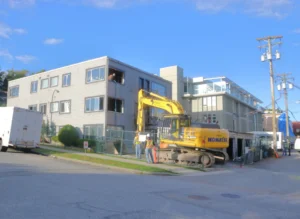
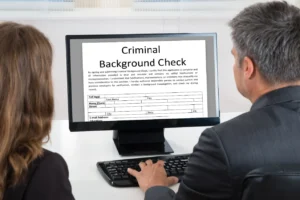
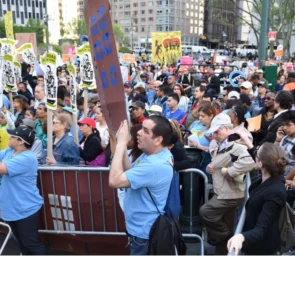

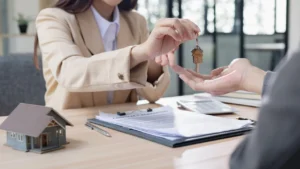
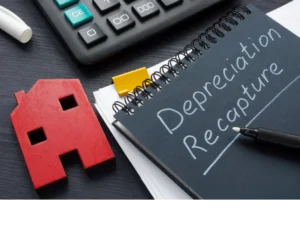
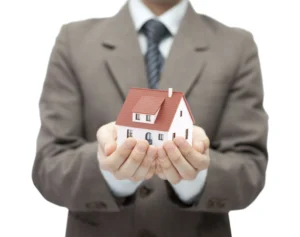
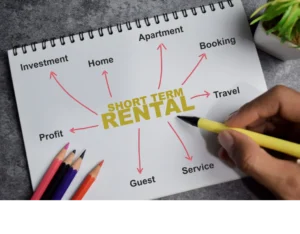




 Accessibility
Accessibility